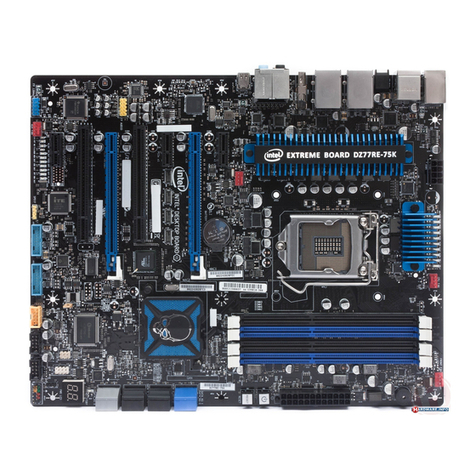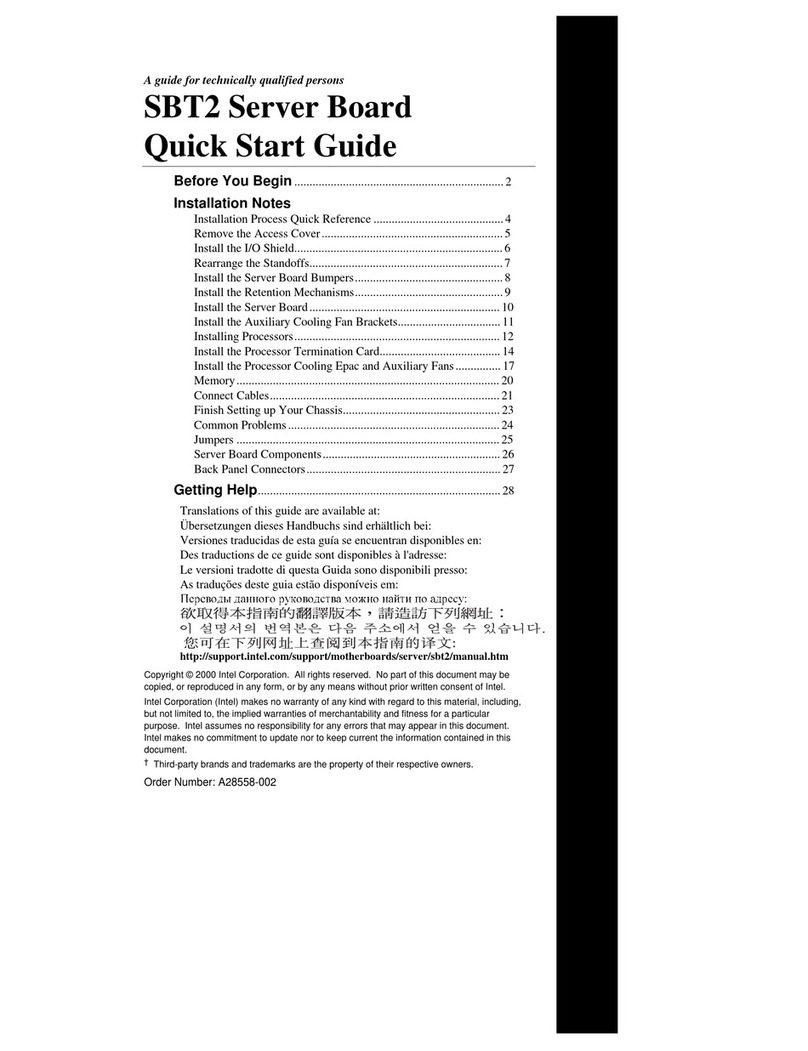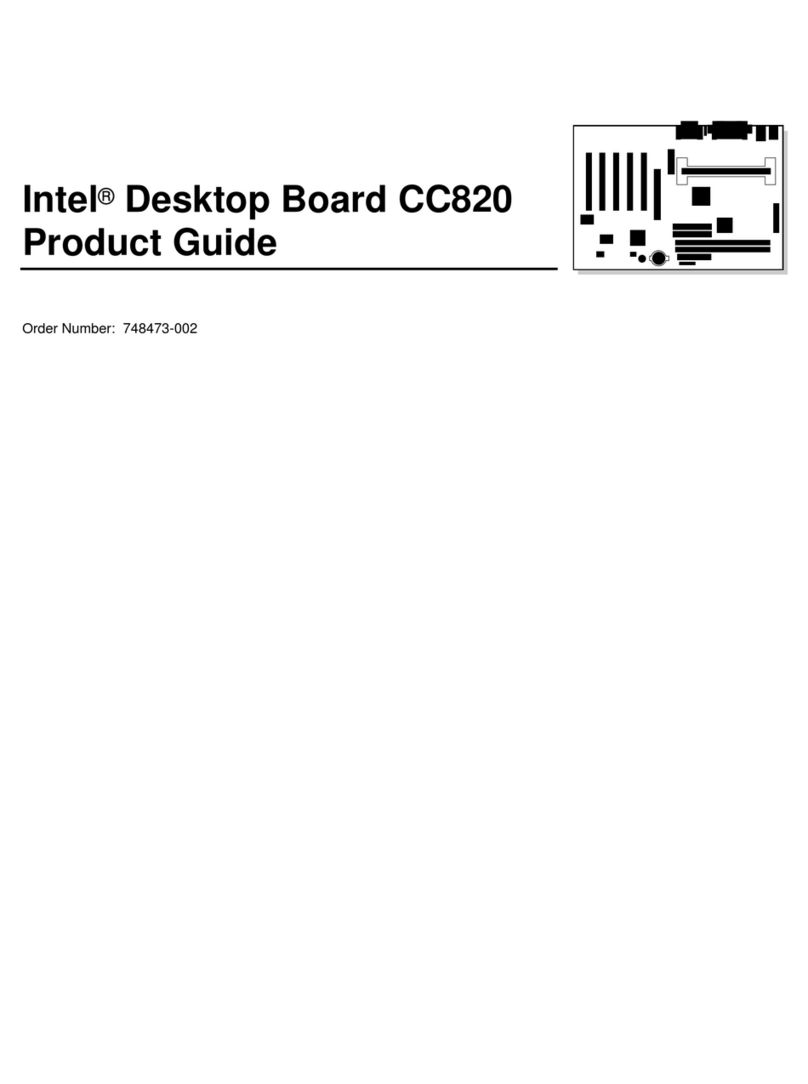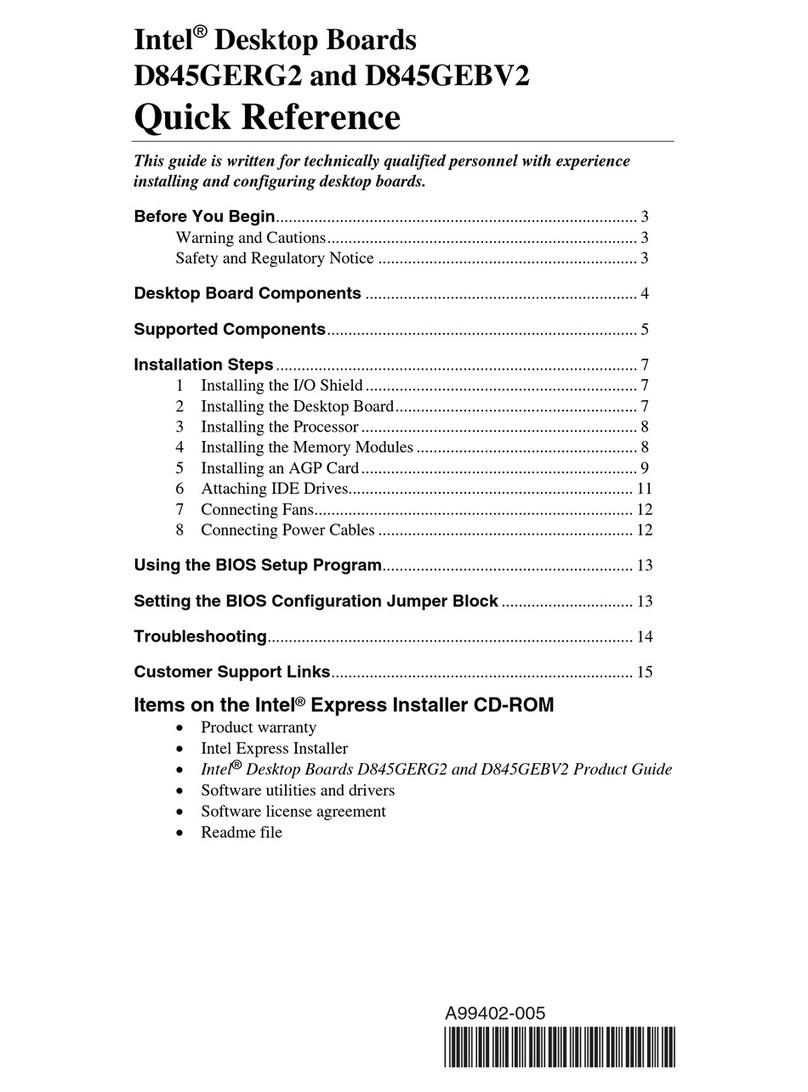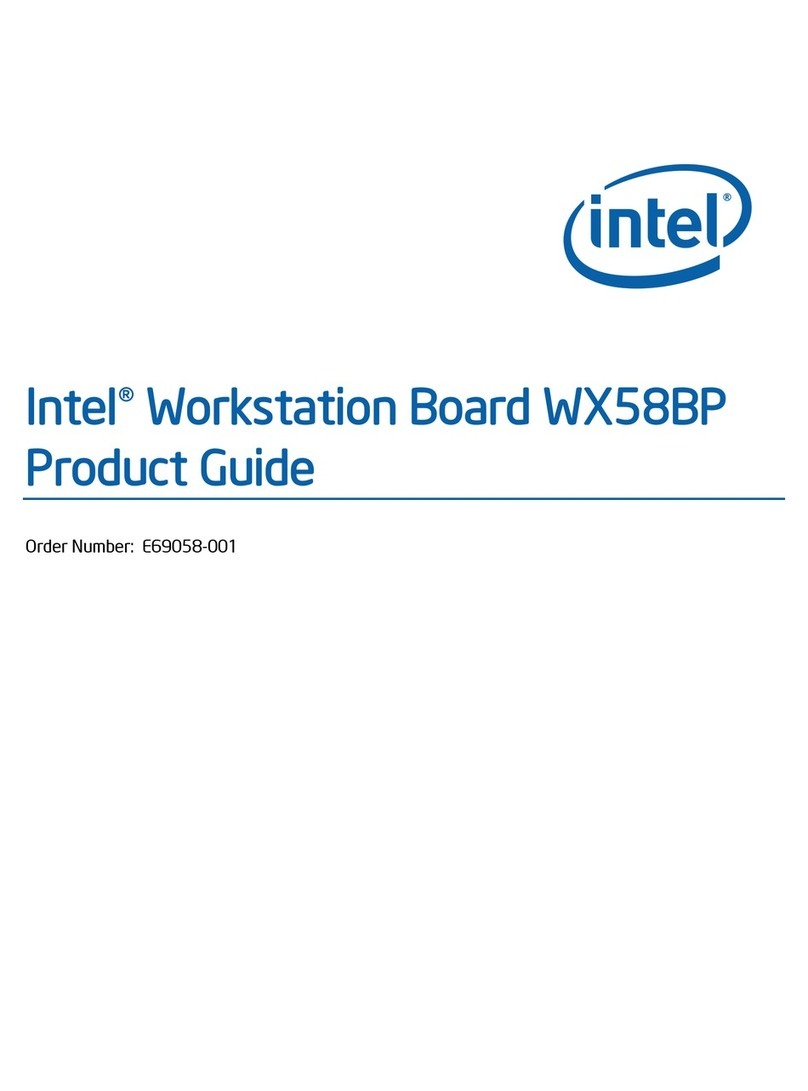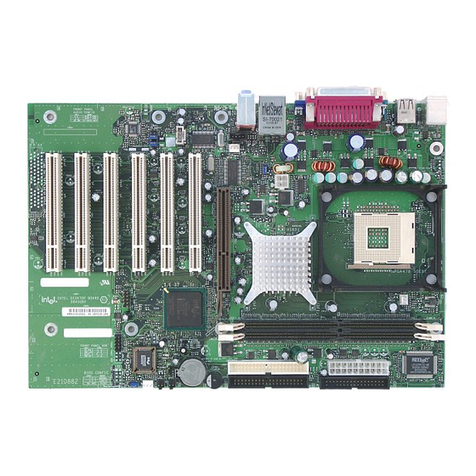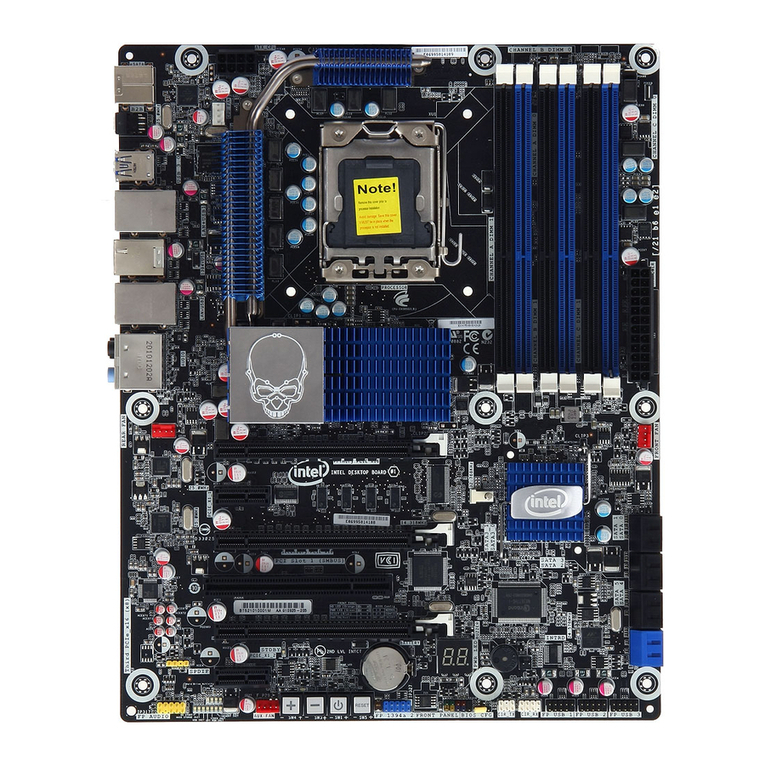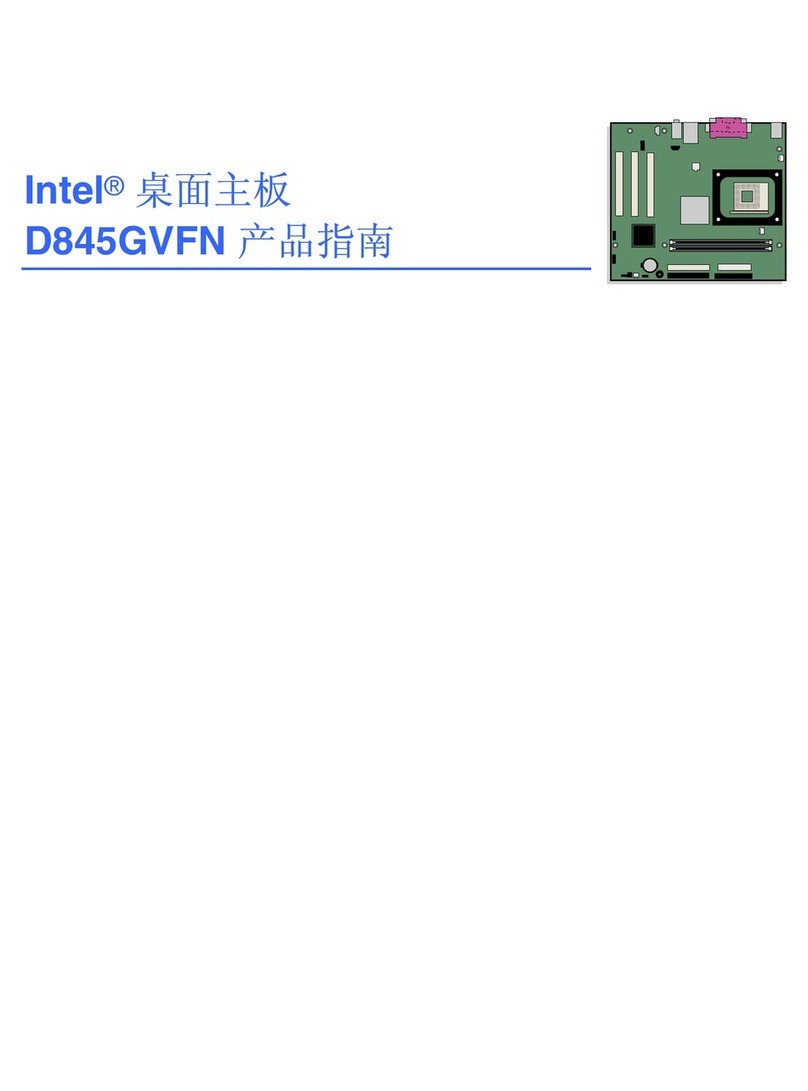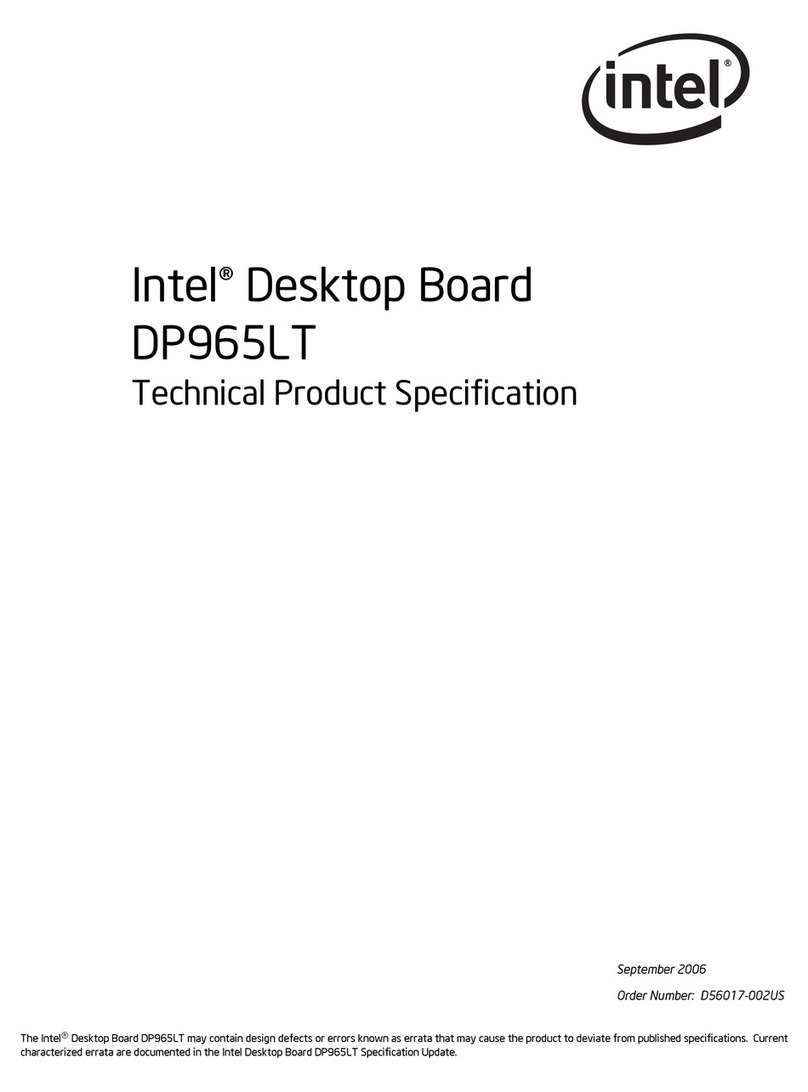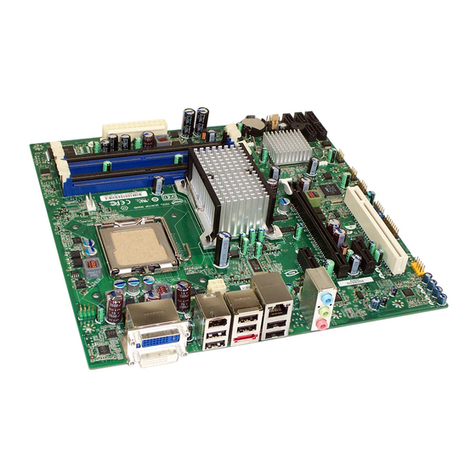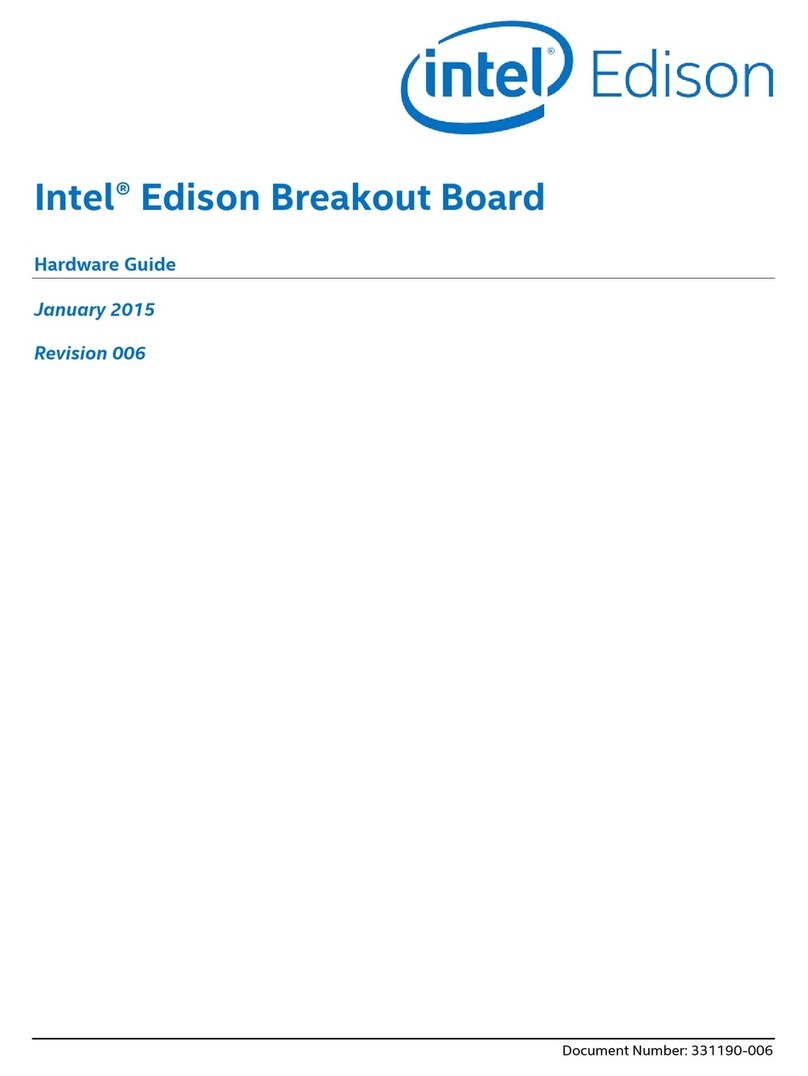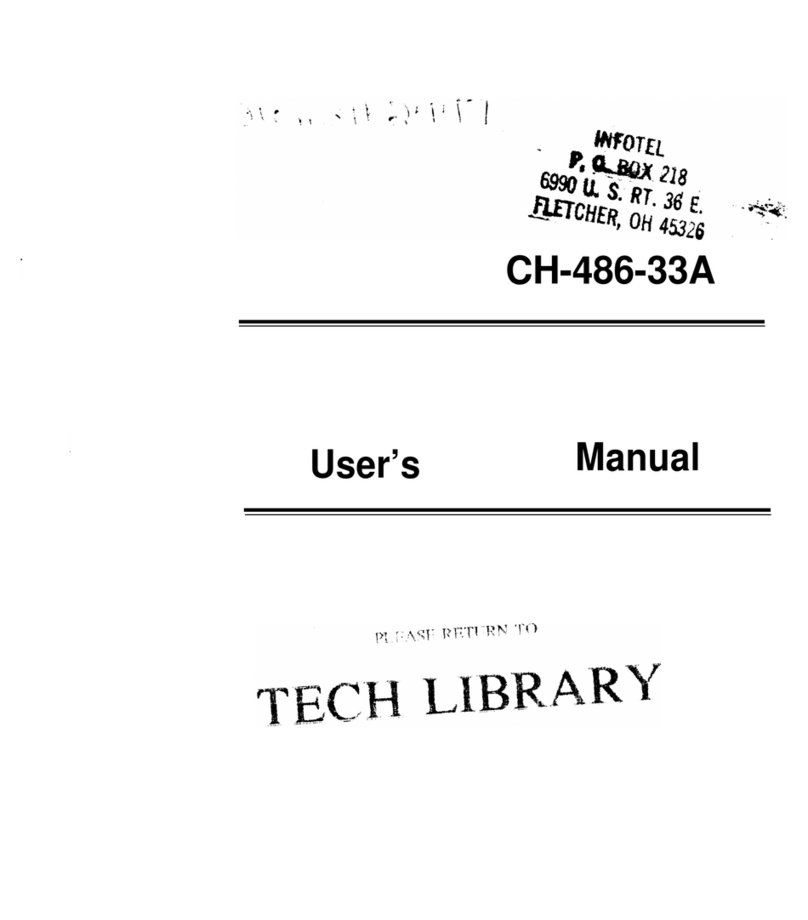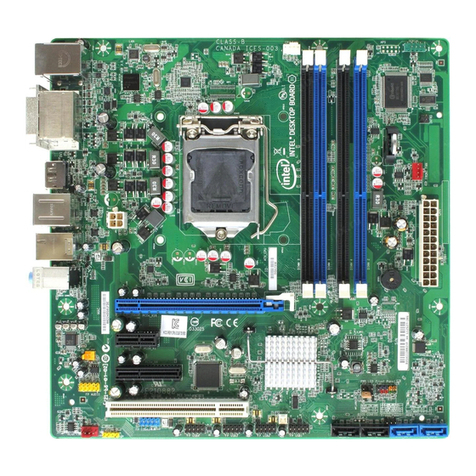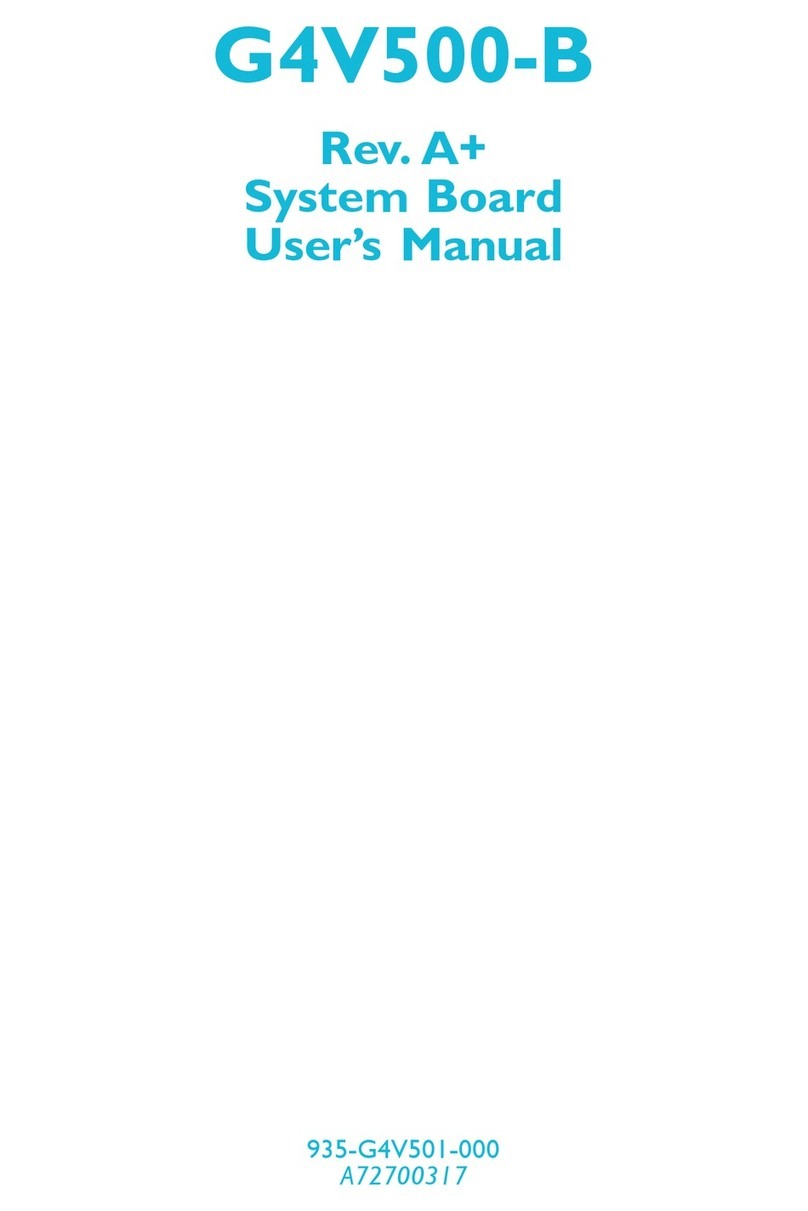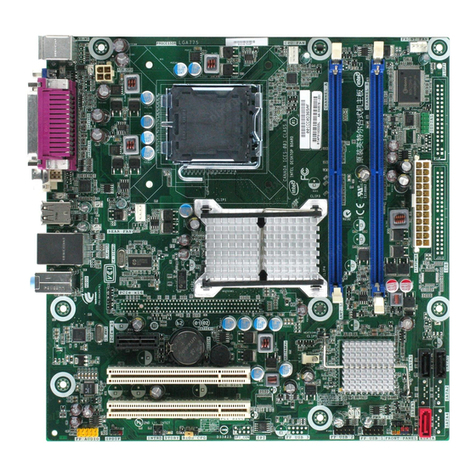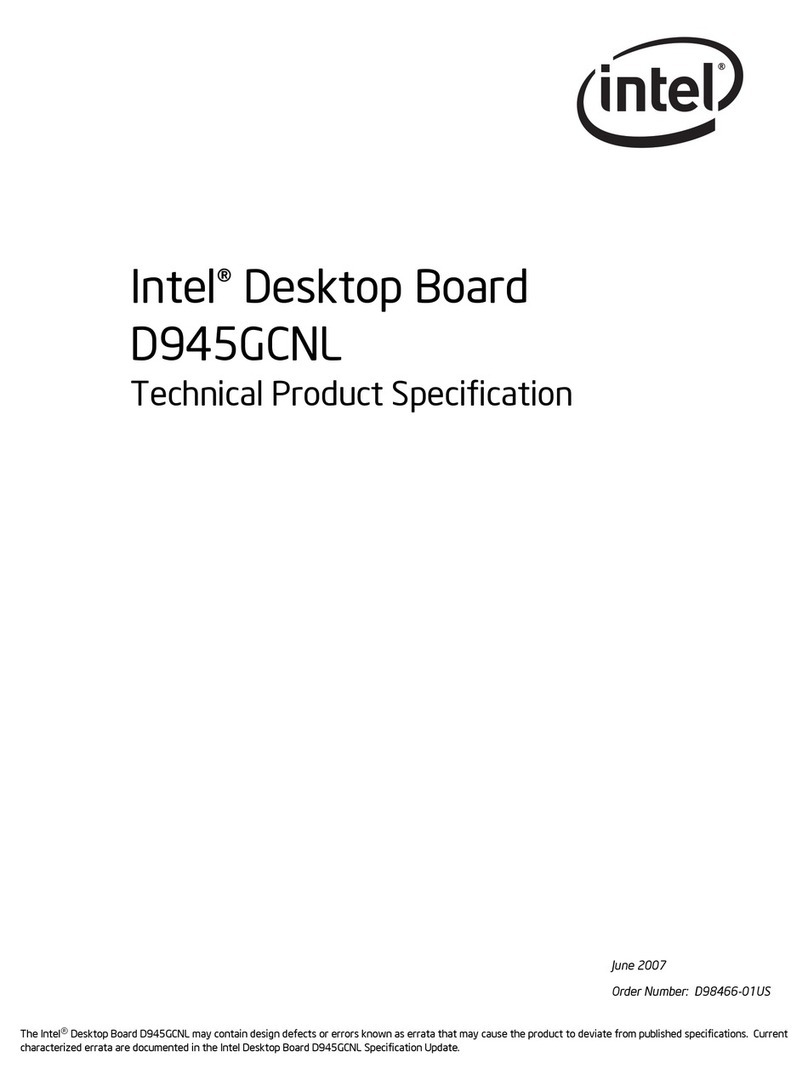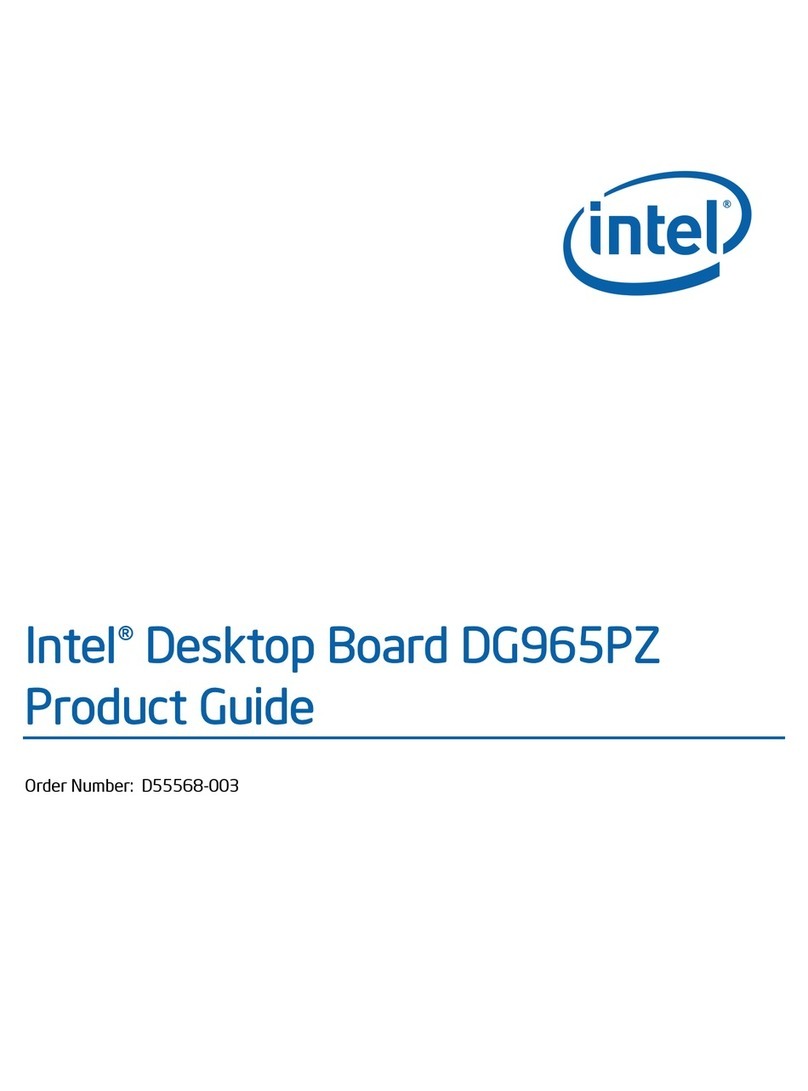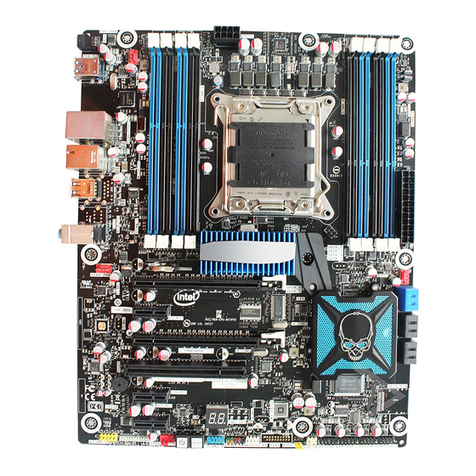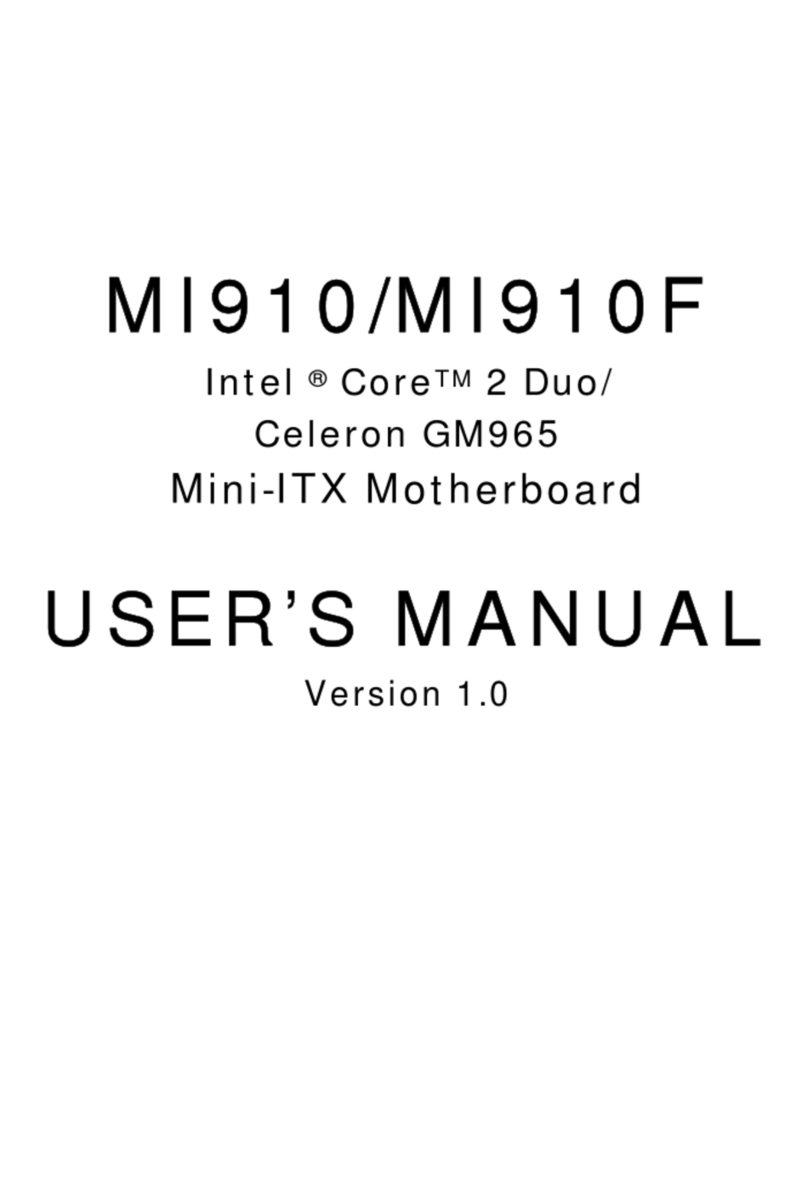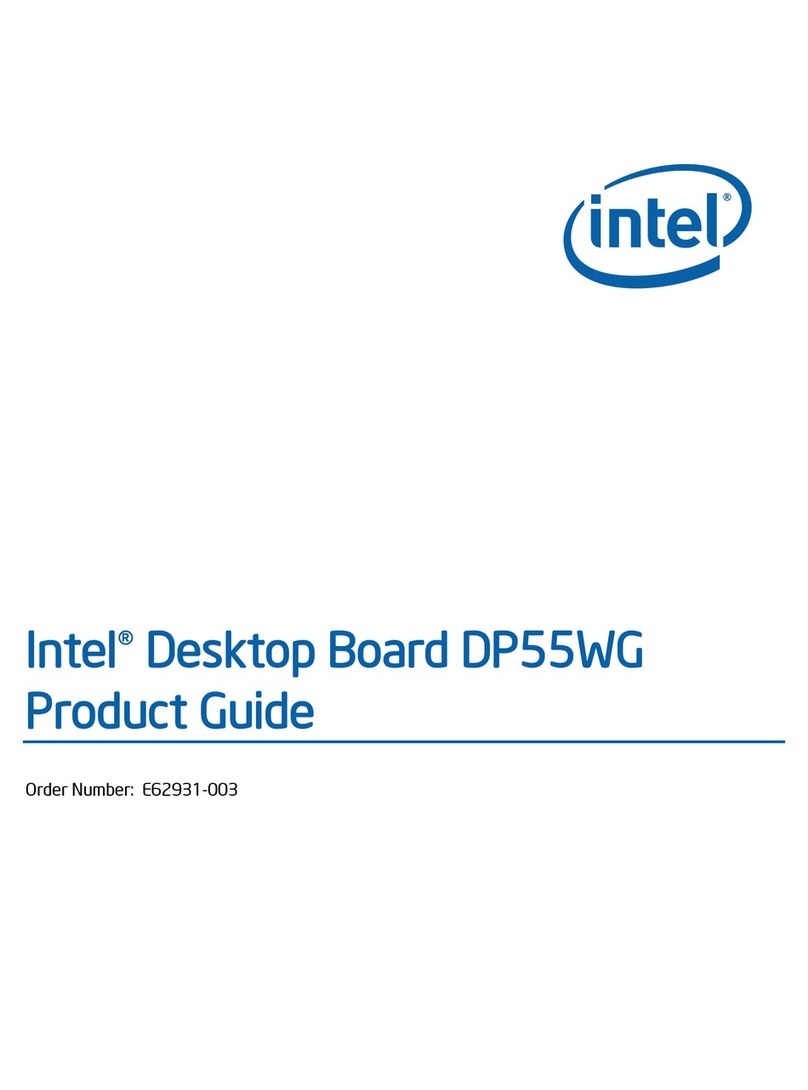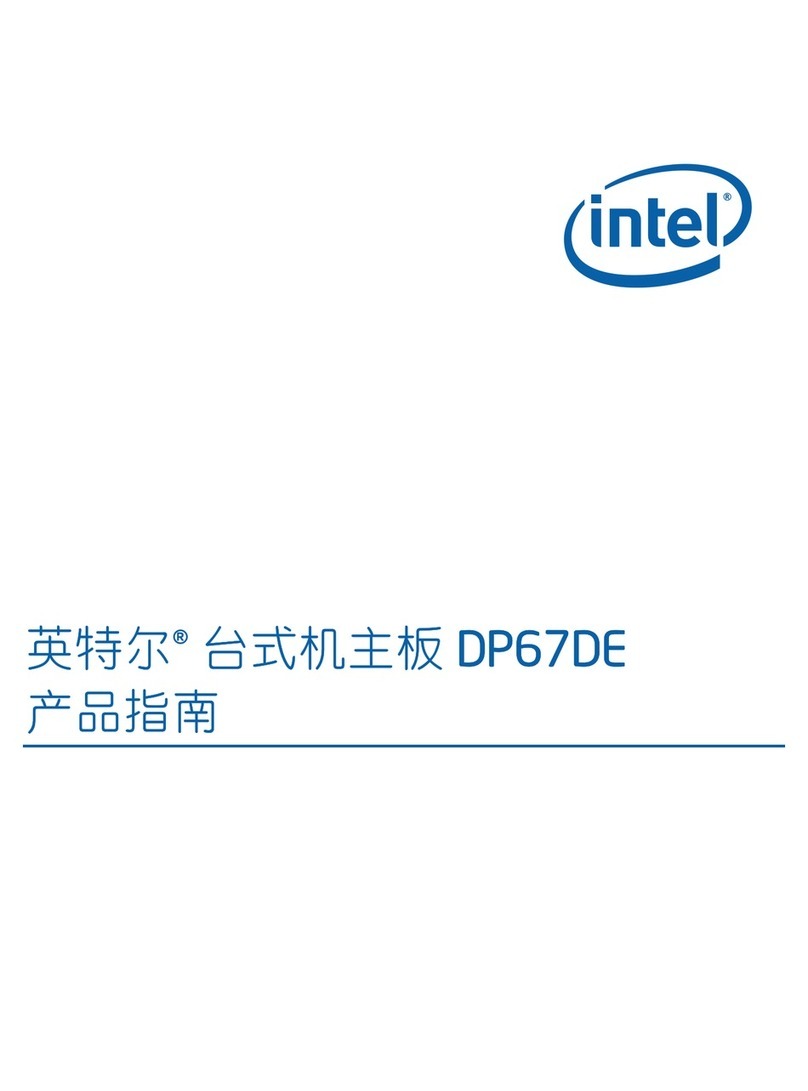
INTEL OEM PRODUCTS AND SERVICES DIVISION PRELIMINARY - REV 0.1
Classic/PCI i486 Baby-AT Motherboard Technical Product Summary
Classic/PCI i486 Baby-AT Motherboard
Preliminary Technical Product Summary
Revision 0.1
Table of Contents
Introduction.........................................................................................................................................4
Baby-AT Form Factor...................................................................................................................4
Board Level Features..........................................................................................................................5
CPU..............................................................................................................................................5
Performance Upgrade ...................................................................................................................5
Second Level Cache......................................................................................................................5
System BIOS ................................................................................................................................5
PCI Auto-configuration Capability........................................................................................................ 5
Setup Utility......................................................................................................................................... 6
FLASH Implementation........................................................................................................................ 6
Upgrade Utility.....................................................................................................................................6
Flash User Area.................................................................................................................................... 7
Keyboard (and Mouse) Interface ...................................................................................................7
System Memory............................................................................................................................7
Core Chip Set ...............................................................................................................................7
82424TX Cache/DRAM/Controller (CDC) ...........................................................................................8
82423TX Data Path Unit (DPU)...........................................................................................................8
82378IB System I/O (SIO)....................................................................................................................8
Expansion Slots............................................................................................................................8
SMC 37C663 Super I/O Controller...............................................................................................8
Dallas DS12887 Real Time Clock, CMOS RAM and Battery........................................................8
Front Panel Connectors.................................................................................................................8
Security ........................................................................................................................................9
BIOS Password.....................................................................................................................................9
Setup Enable Jumper............................................................................................................................9
System Integration Features................................................................................................................10
Back panel Connections................................................................................................................10
Power Supply................................................................................................................................10
Appendices ..........................................................................................................................................11
Appendix A −User-Installable Upgrades......................................................................................11
System Memory.................................................................................................................................... 11
Performance Upgrade ...........................................................................................................................12
Qualified DRAM SIMMs .....................................................................................................................12
Appendix B −Jumpers..................................................................................................................13
Appendix C −BIOS Setup Options...............................................................................................14
Appendix D −BIOS Recovery ......................................................................................................15
Using the Upgrade Utility..................................................................................................................... 15
Recovery Mode.....................................................................................................................................15
Appendix E −Memory Map..........................................................................................................16
Appendix F −I/O Map..................................................................................................................17
Appendix G −Board Interrupts & DMA.......................................................................................18
Appendix H −Connectors.............................................................................................................19
AT Style Keyboard Port (J8L1 = Keyboard)..........................................................................................19
Optional PS/2 Style Keyboard, Mouse Ports (J8L2 = Keyboard, J9L1 = Mouse).................................... 19
Turbo LED Connector (J1A1)...............................................................................................................19
Hard Drive LED Connector (J1A2).......................................................................................................19
Key lock/Power LED Connector (J1B1)................................................................................................19
Speaker Connector (J1C1).................................................................................................................... 19
Turbo Switch Connector (J1C1B) .........................................................................................................19
Primary Power Connector (J9K1)..........................................................................................................20
Auxiliary (3.3V) Power Connector (J4H1)............................................................................................20
Parallel Port (J7J1)...............................................................................................................................20
Serial Ports (J7L2 = COM1, J7L1 = COM2)......................................................................................... 20
Reset Connector (J1B2)........................................................................................................................20

